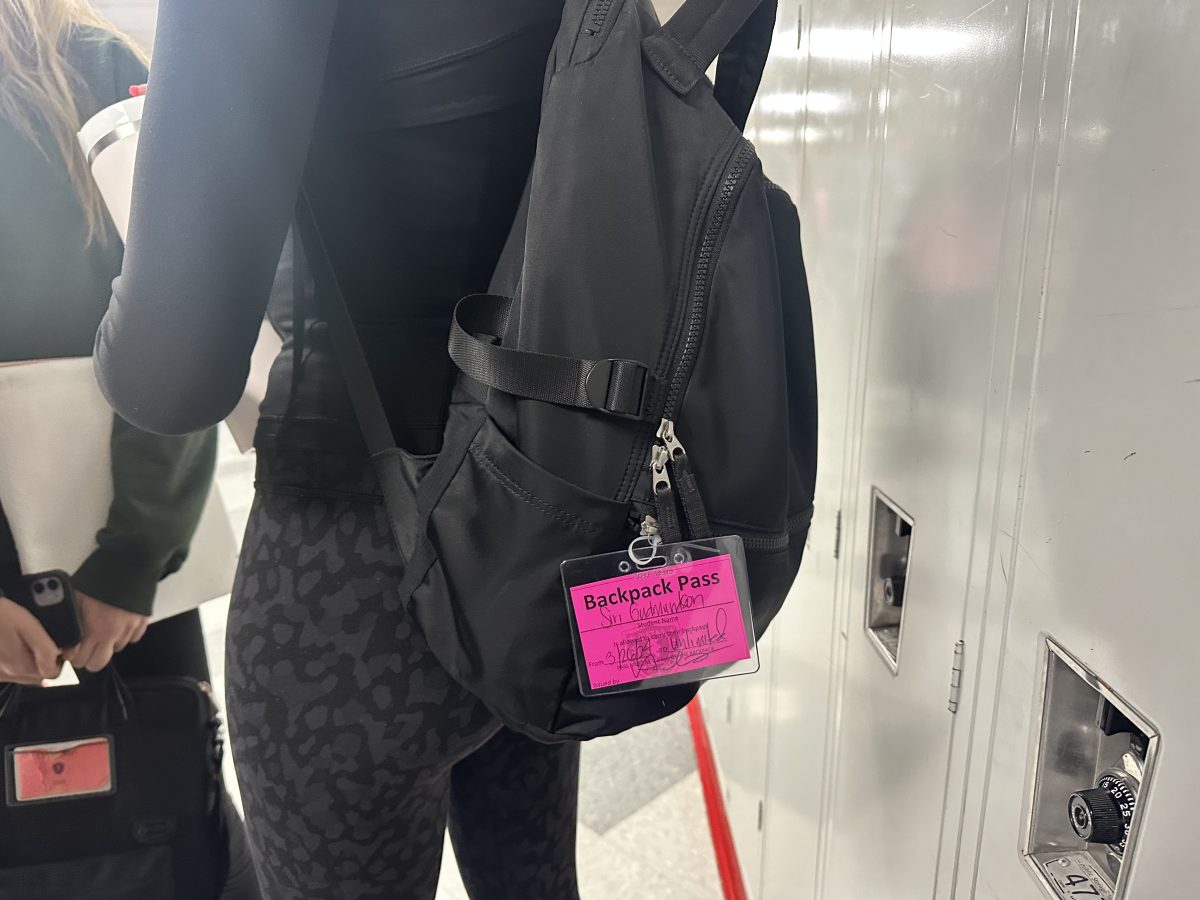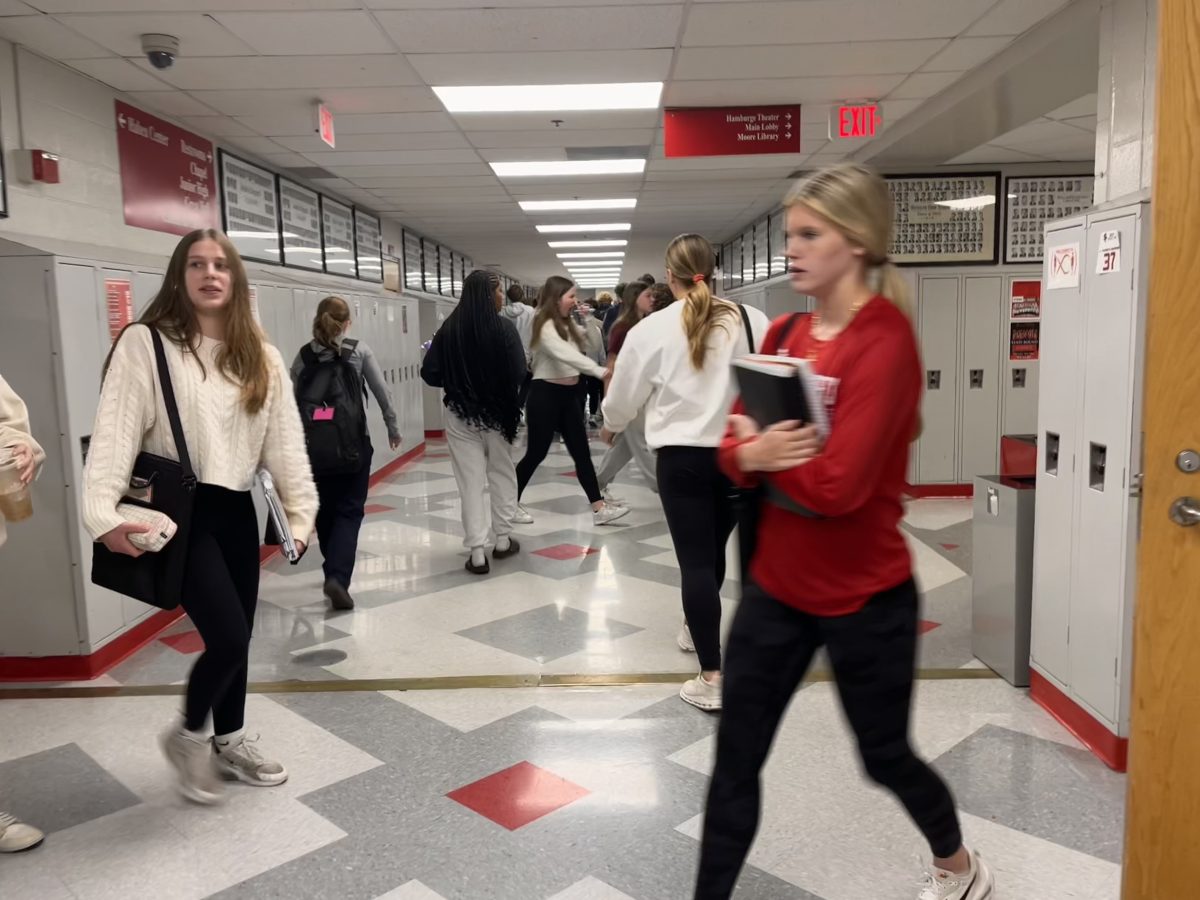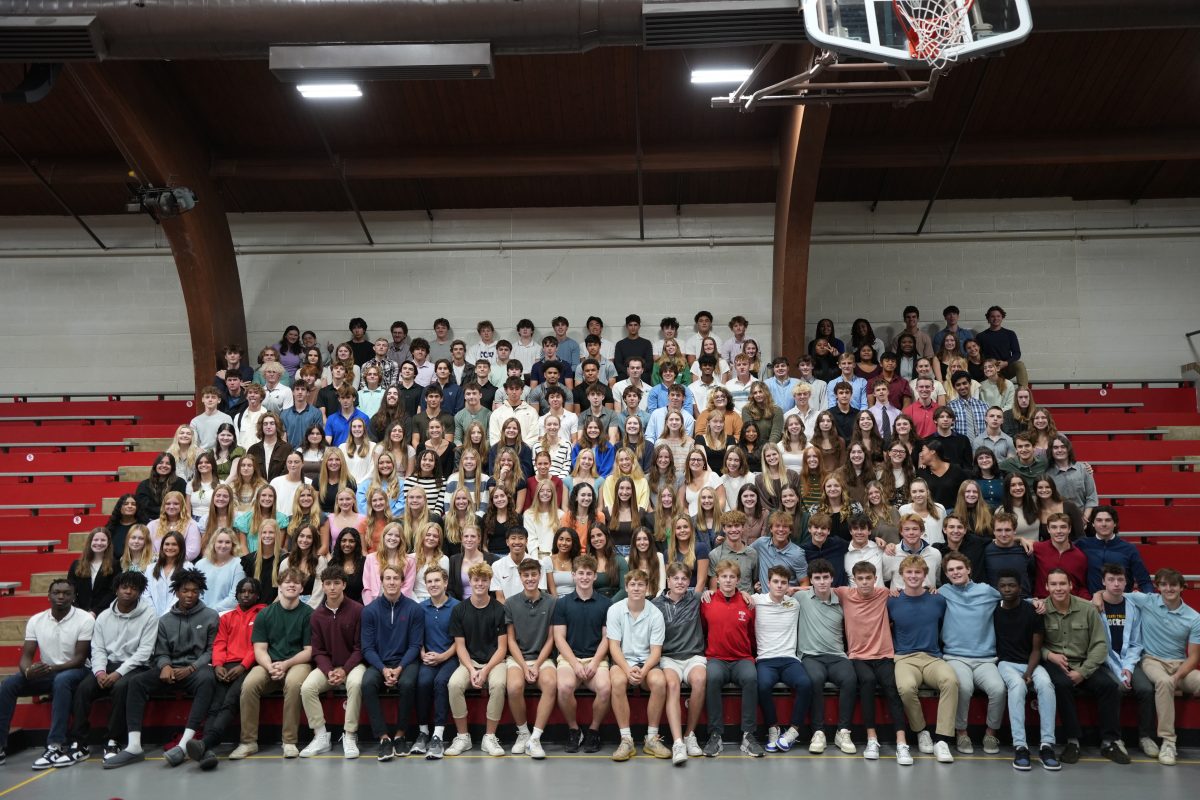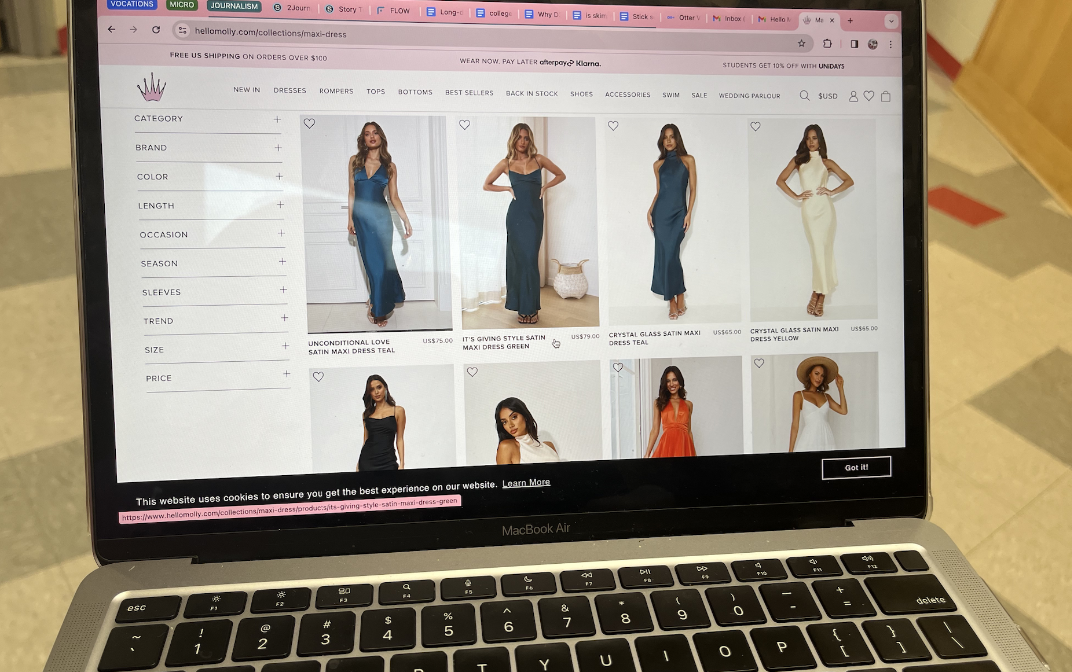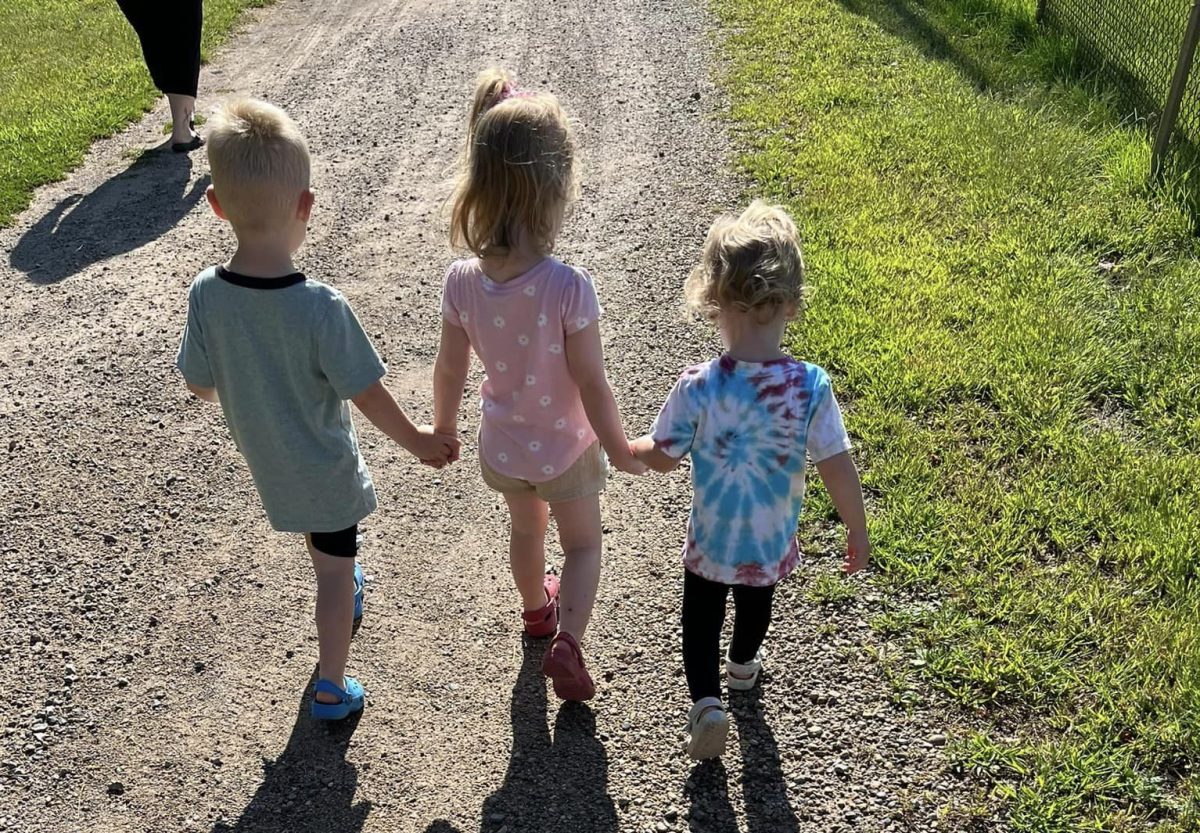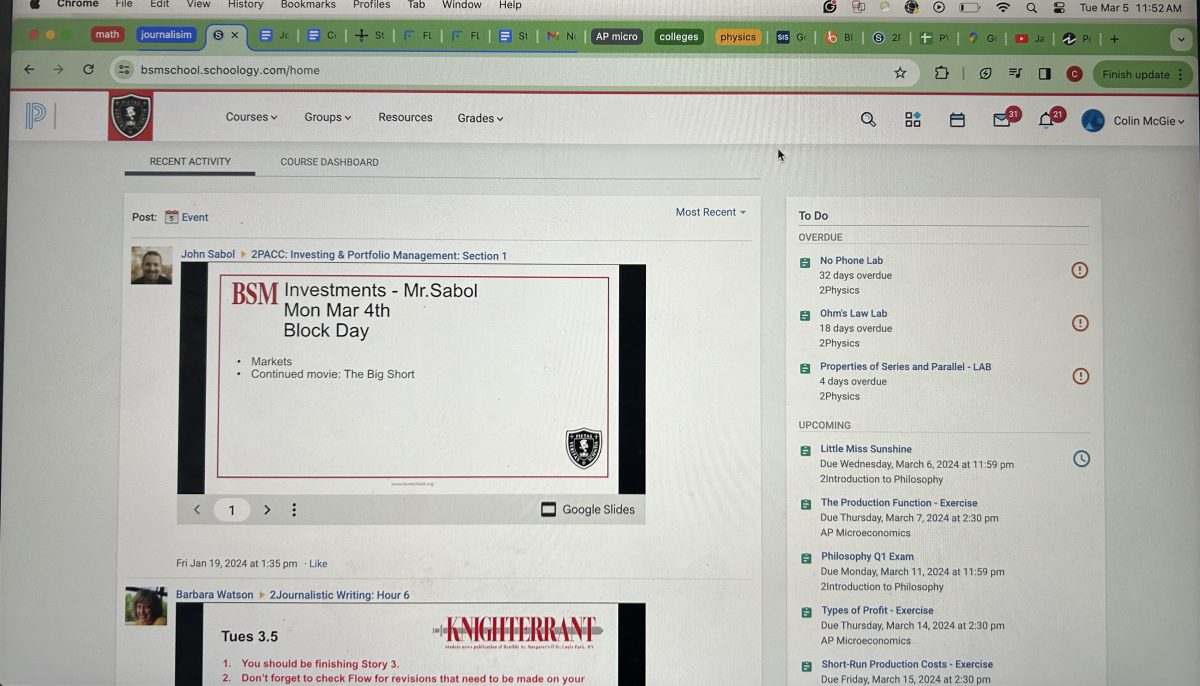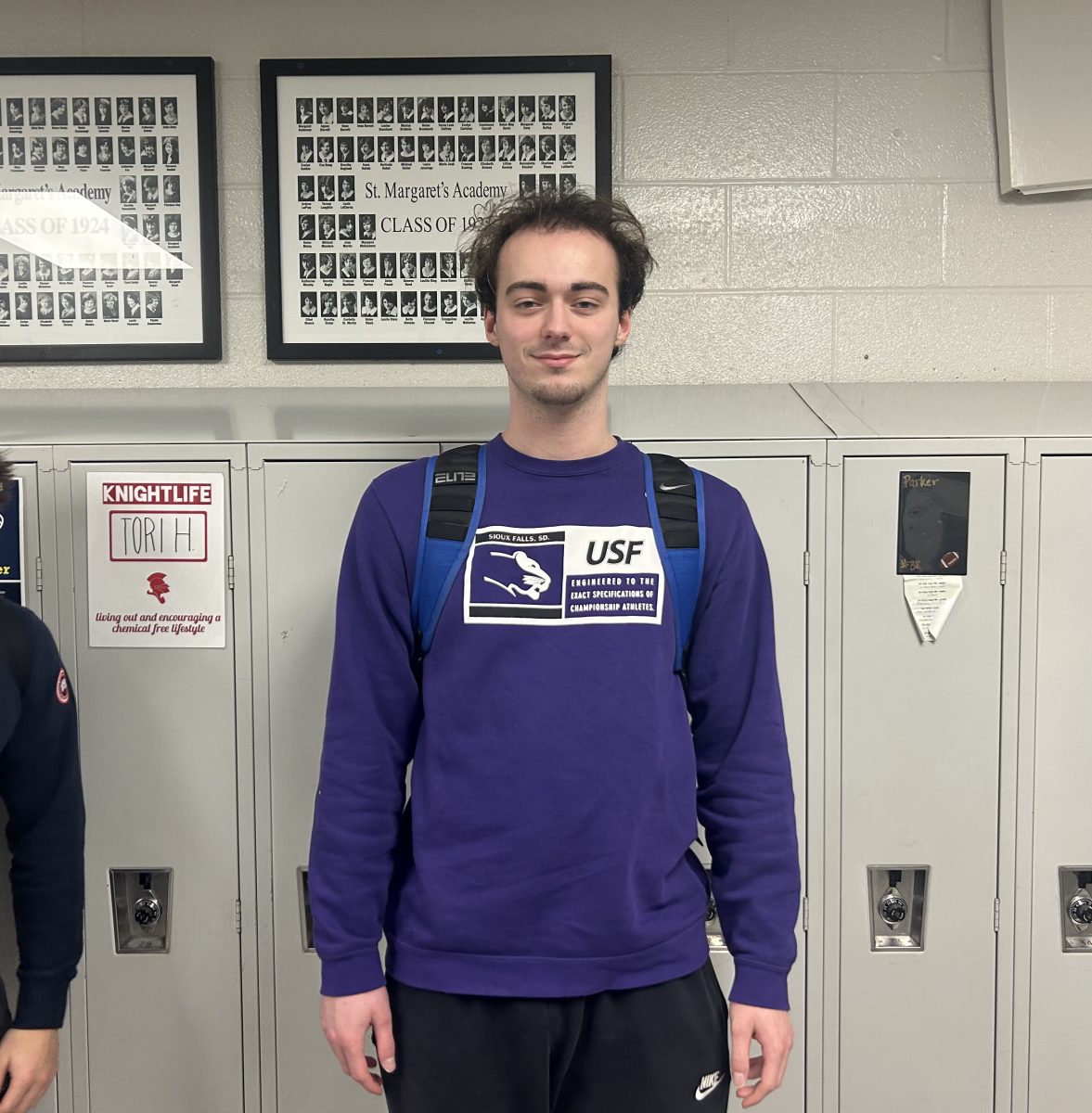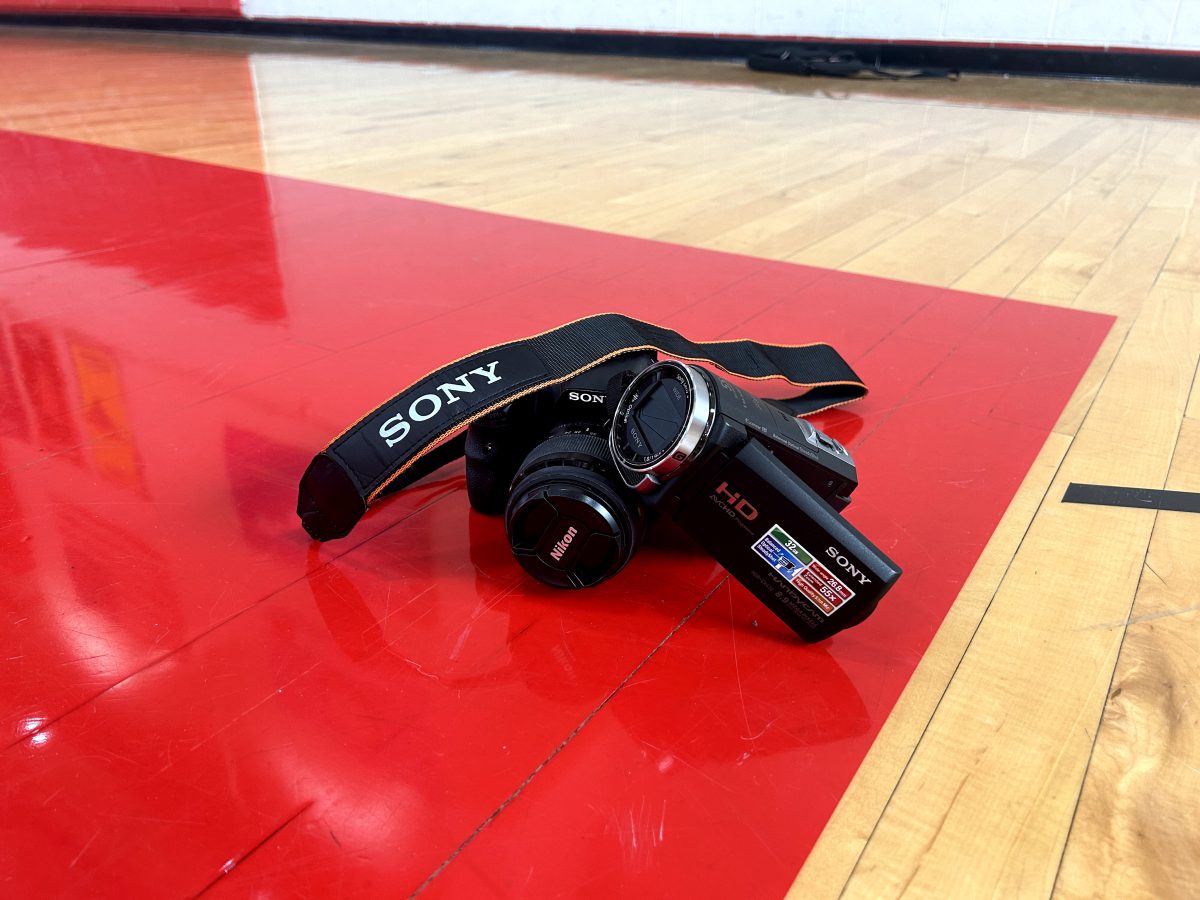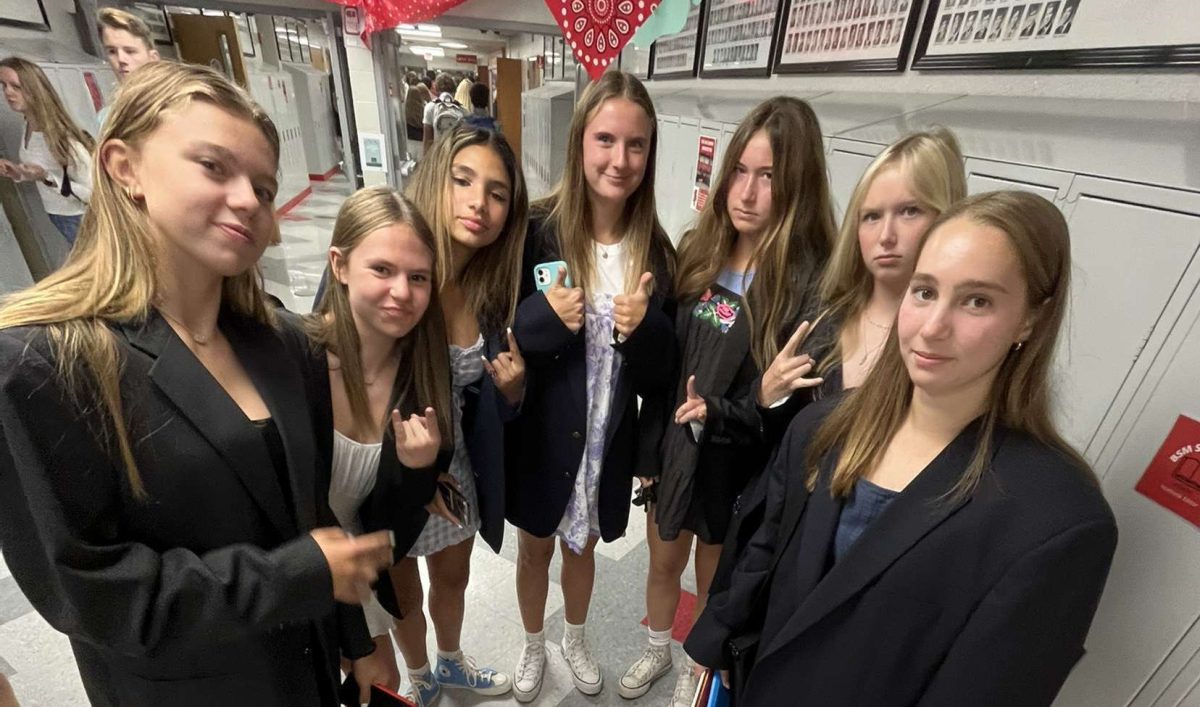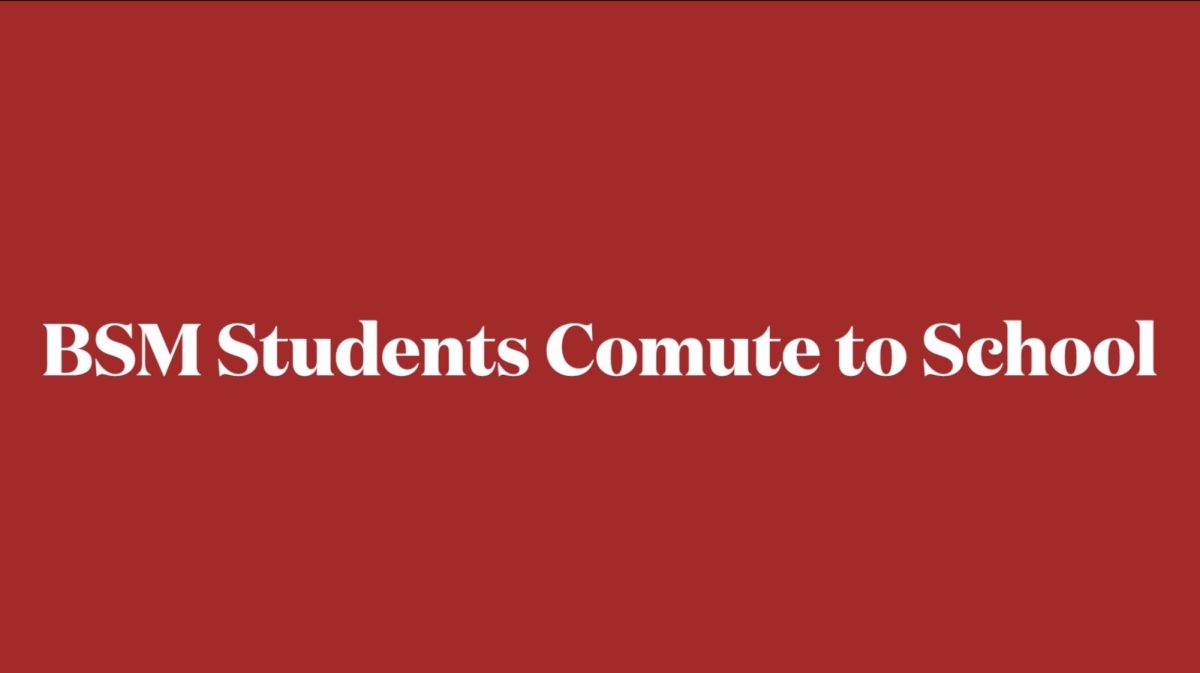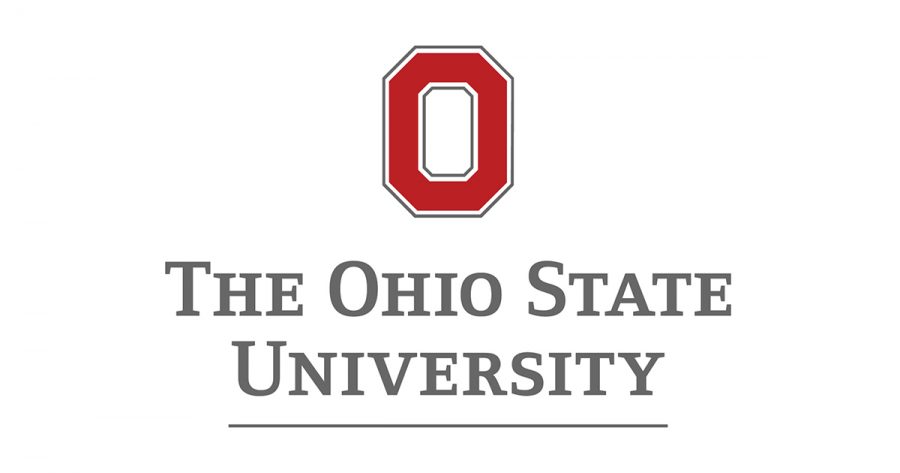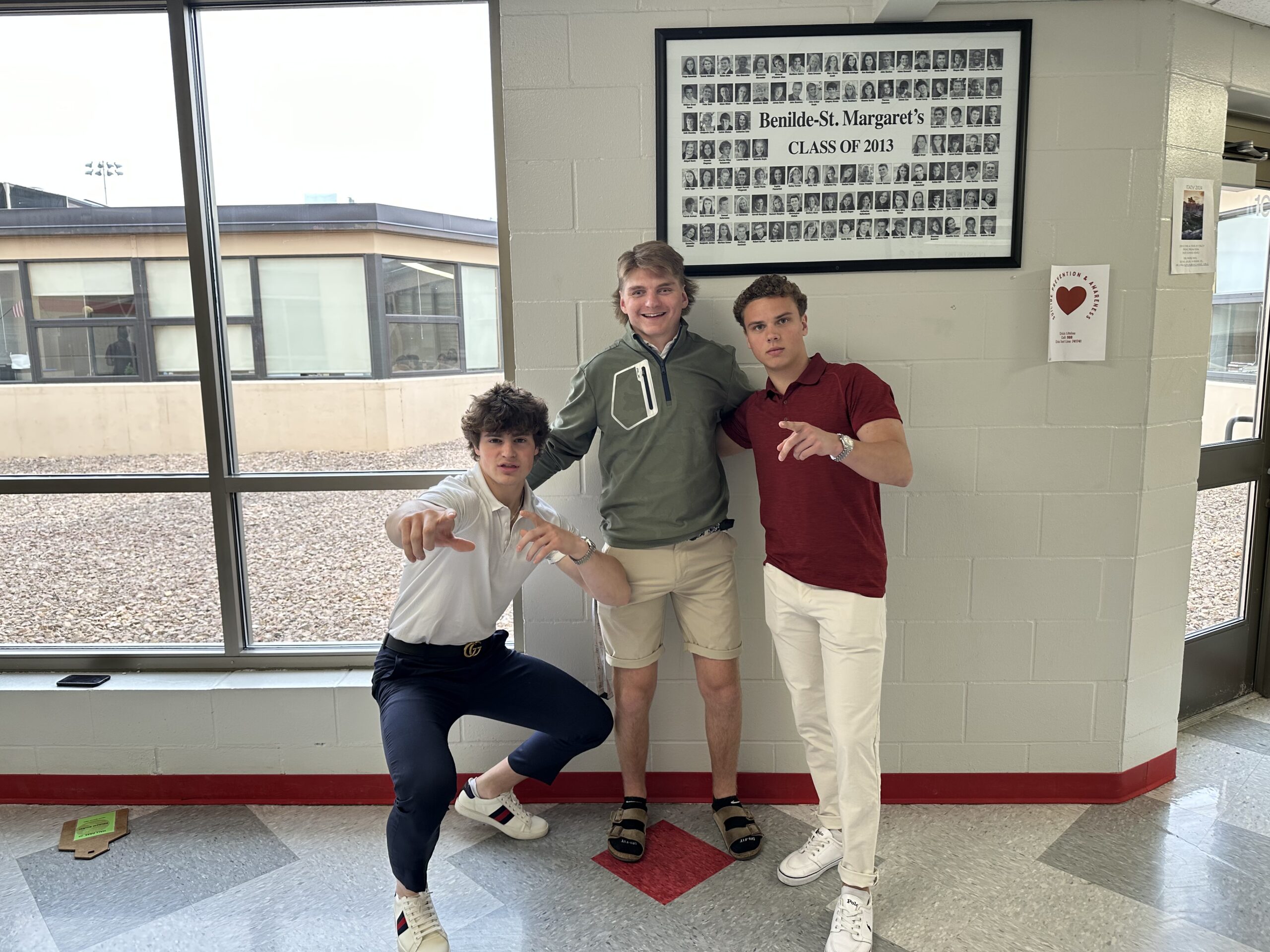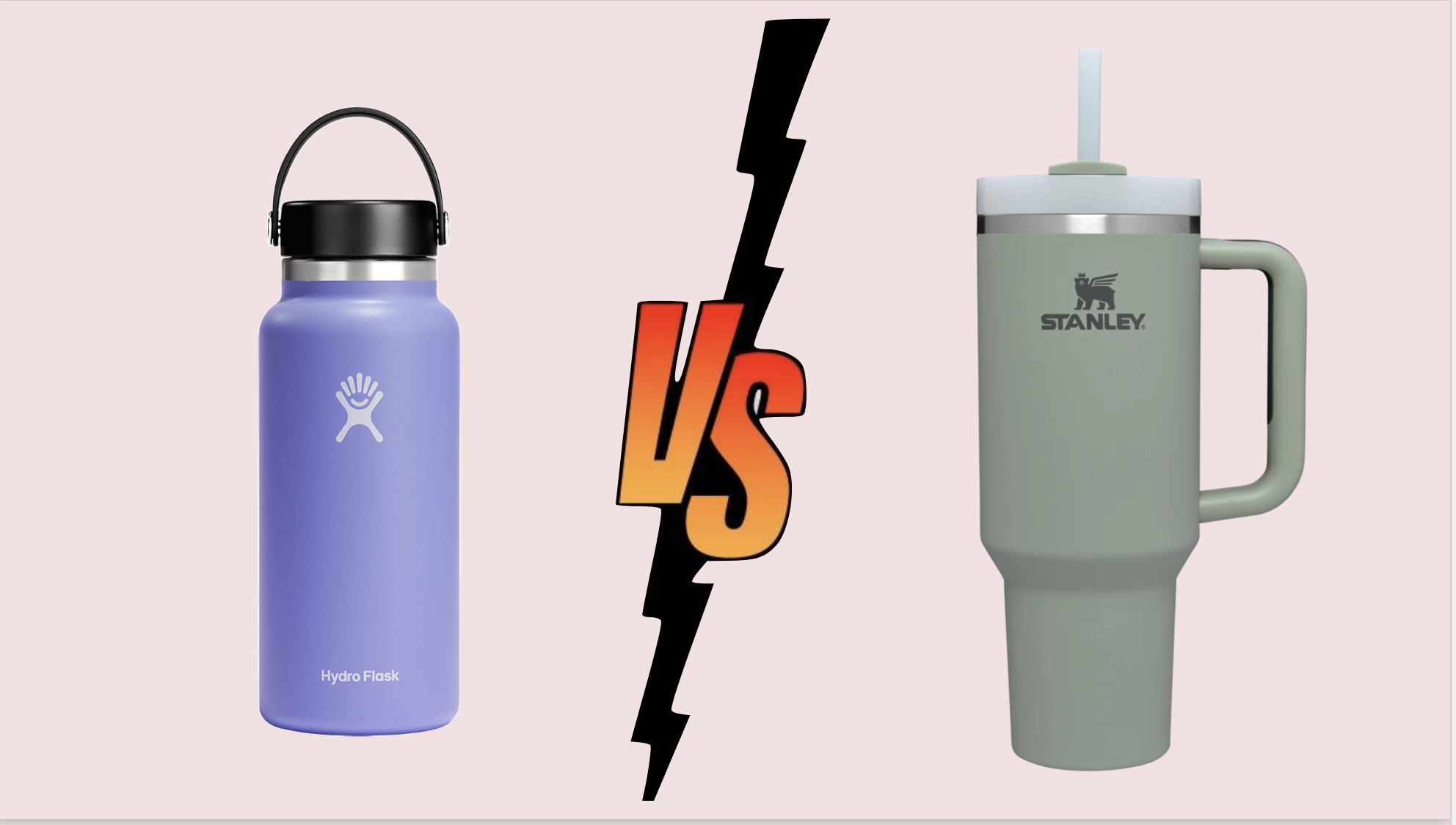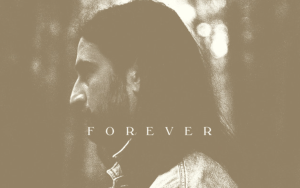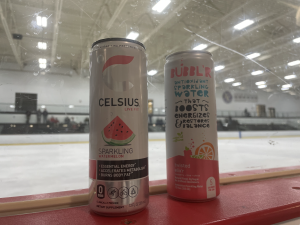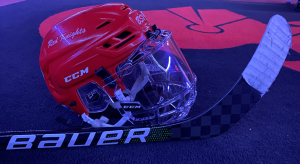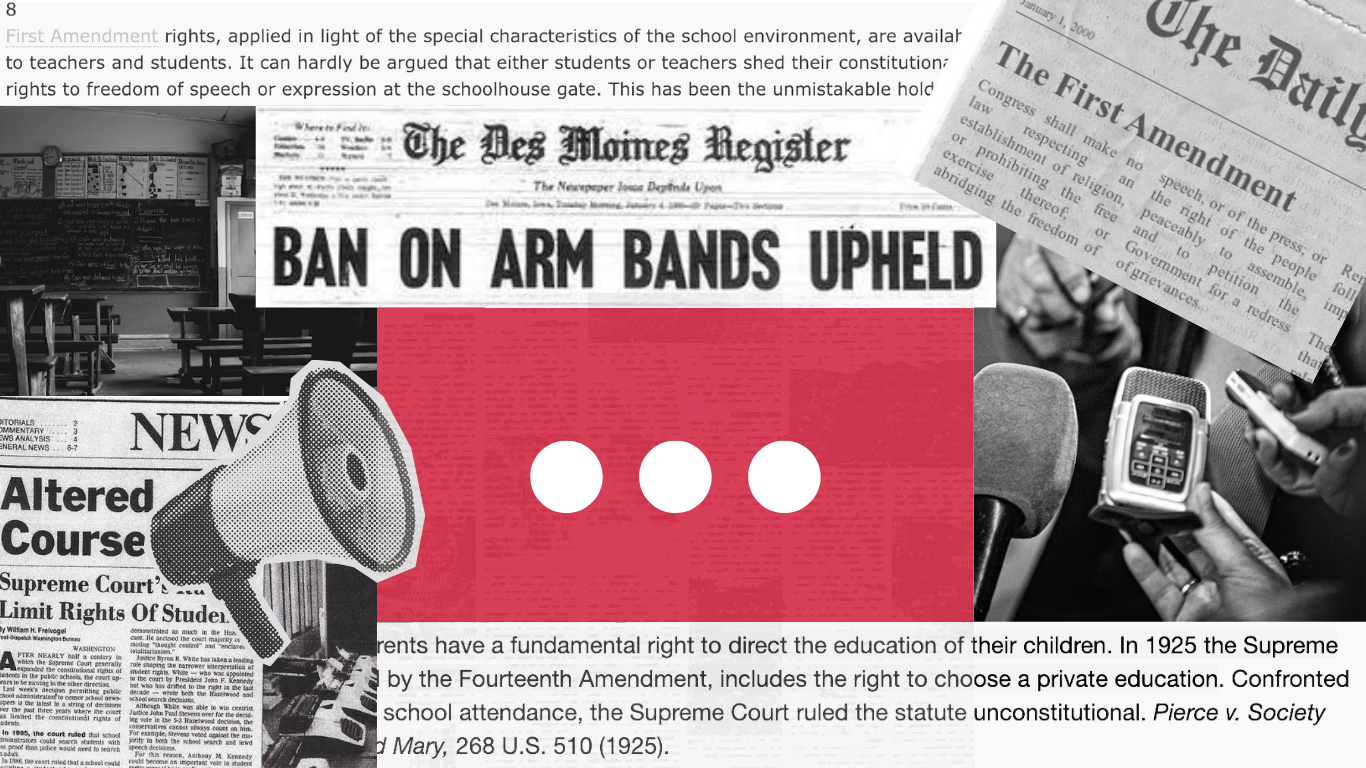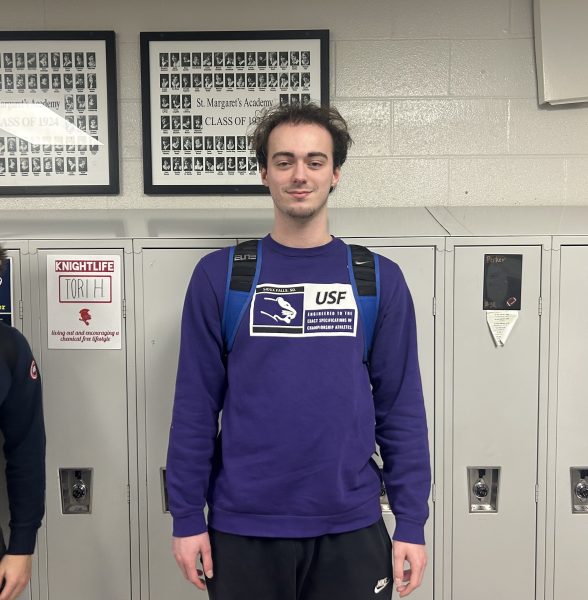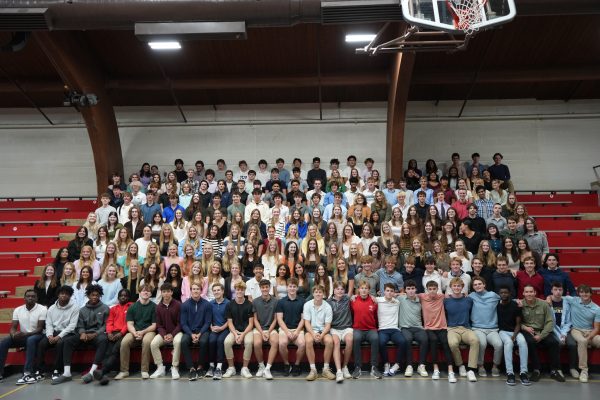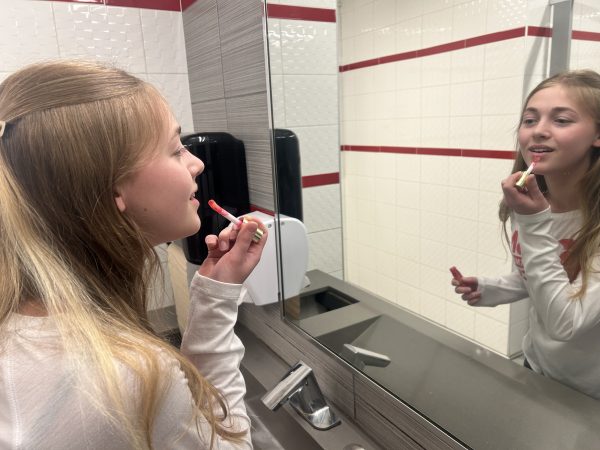Students in Biomedical Science and Forensics watch live autopsy
BSM worked with Ohio State University to provide the students with a real life representation of what an autopsy is like. The video walked students through the medical autopsy of a real patient. “Pathologists at Ohio State University medical center… show high schools what happens during an autopsy,” Forensics teacher Mr. Bob Lyons said.
May 7, 2018
For two class periods, all Biomedical Science and Forensic students got together to watch an autopsy. On May 1, they sat in the theatre and used the video to further the learning that they were doing in their respective classes.
BSM worked with Ohio State University to provide the students with a real life representation of what an autopsy is like. The video walked students through the medical autopsy of a real patient. “Pathologists at Ohio State University medical center… show high schools what happens during an autopsy,” Forensics teacher Mr. Bob Lyons said.
During the autopsy video, the students were provided with a booklet that is filled with information of the patient. Throughout the video they filled in the booklet to figure out the patient’s cause of death. “We [took] notes and [wrote] down the information and try to figure out how that person or why that person died,” Lyons said.
The video is also made to be interactive so the students could ask questions while they were watching the video. Unfortunately, the BSM students had to miss the live part because of a snow day, but they still got to learn from the questions the schools which tuned in to the live autopsy asked. “If you have questions to ask them during the procedure you can ask them that,” Lyons said.
The autopsy is not performed during the time of the live interview, but it is live footage of a real autopsy. They cut together the most important parts of the autopsy for the students to view including the y cut, the organ block removal, the brain removal, the separation of all organs, and the dissection of the organs. “The autopsy has already been performed, but it’s been videotaped and now after the fact she goes through and talks about it as their doing it,” Lyons said.
The goal of the autopsy for the forensic class is to show them the jobs in forensics and to show them how the forensic process works. “For the forensics class, a big part of forensic science is medical examiners and coroners to determine time of death and cause of death, so that is helpful for our class because your able to see what a medical examiner does for their job,” Lyons said.
The autopsy is not a common experience which gives an original twist on the lessons they are usually learning in class. It helps the biomed students see a real life representation of where all of the organs are in the body, what abnormal organs look like, and what diseases look like. “I thought it was really cool and it helped me get more of a visual of what we were learning in biomed,” Biomedical Science I student Maggie Murnan said.



